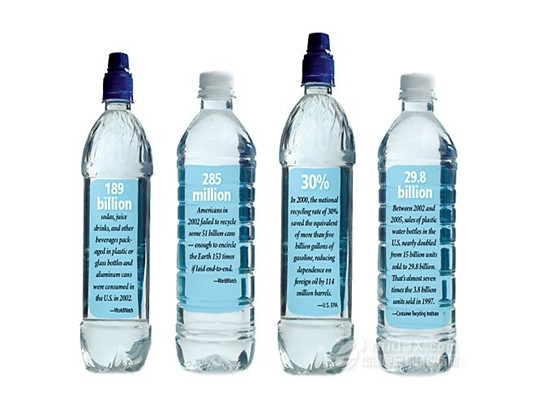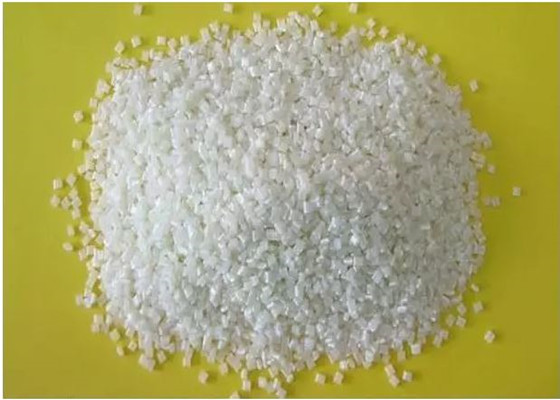Countermeasures of Waste Plastics in Developed Countries
Due to the extensive use and good performance of plastics, plastic and steel, timber, formed the four basic materials of modern industry, and promote the sustainable development of agriculture industry and the rise of modern high-tech. The total amount of waste plastics is also rapid growth, increased the contradiction between environment and development.

Ecological crisis caused by plastic waste
It is well known that, plastic as a novel material, because of its excellent performance, easy processing and low prices, it rapidly developed, increasing penetration into daily life. However, with the widespread use of plastic products, with the large number of applications of plastics, waste generated is also increasing, causing serious pollution for the human environment. Especially plastic packaging materials.
According to incomplete statistics, in developed countries, the proportion of waste plastic throughout the city in Europe is close to 10% in weight, in terms of volume as high as 30% to 40%.
And a lot of plastic waste scattered, even buried, also need 200 years to resolve, not to mention the plastic will be buried in soil and will pollute underground water and destroy the soil structure.
Therefore, recycling of waste plastics, as a measure to save energy, protect the environment, has been a high degree of foreign enterprises and government.

Waste plastics recycling
Strategies developed countries waste plastics
Currently, the majority of waste plastics are thermoplastics, due to the molecular structure is not too much damage, after sorting, washing, drying, grinding, mixing the ingredients, granulating, the process can be recycled into plastic products. Waste plastics and renewable energy saving 85% to 90% of resin energy than new material, saving 6% to 17% of processing energy.
After the waste plastics was processed into granules, the material still has good overall performance, can meet requirements such as blown film, drawing, tube drawing, injection molding, extrusion profiles and other technical requirements, so it is widely used in plastic products.
Japan, as one of the plastic producing countries, annual emissions of plastic scrap is huge, accounting for 30% to 50% of household waste volume. Coupled with Japan's land area is small, densely population, a lot of plastic waste can not be incinerated or buried. On the other hand, Japan's lack of resources, companies need to use plastic waste as a resource to be recycled, established a recycling-oriented society.
Italy did the best work in the recycling of waste plastics in Europe. Italian waste plastics accounted for about 4% of municipal solid waste, the recycling rate is up to 28%. In addition, Italy has also developed foam recycling machine and equipment to separate waste plastics from municipal solid waste.
The United States had carried out the recycling and utilization of waste plastics in the early 1960s, Thermal energy is extracted from waste plastics, the thermal decomposition technology research has achieved some success. In addition to solving the problem of plastic waste, states also adopt legislative and other compulsory measures.
Waste plastics industry Situation and Countermeasures
Waste plastics recycled materials industry occupies a pivotal position in the global market, and has a huge market potential.
According to the report of China Plastic Association, in recent years, China's domestic recycled waste plastics is annually about 12 million tons. But this is not a statistical data, simply because there is not a recycling system in China.
